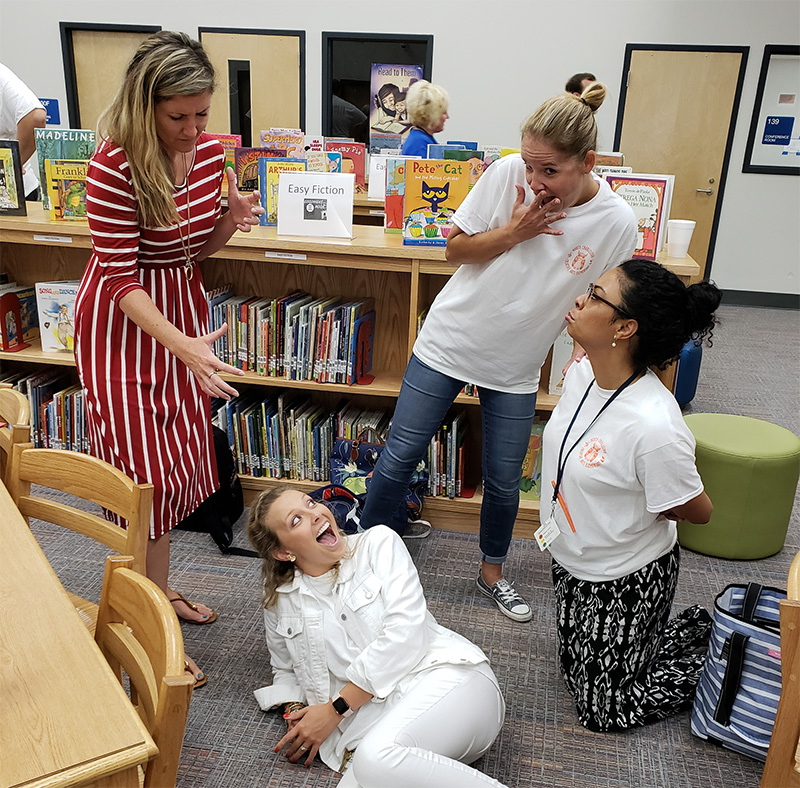Getting Comfortable with Being Uncomfortable: Part 3

Is your school ready to bring the magic of arts-integrated learning into the classroom? If so, it is time to "Get Comfortable with being Uncomfortable" with some high-quality professional learning! What on earth does that mean? Let me explain.
It all begins with the mindset of the administrator and the teachers.
An arts-integrated administrator must see the importance of investing in engaging, hands-on, and interactive professional learning. This person must be the leader in designing a course of action for the school year that best meets the needs of their school and is willing to push teachers
and staff to think differently about learning and student engagement in the classroom. The principal must be ready for some teachers and staff to show instant excitement and for others to push back as they try to hold onto outdated and unengaging models. Most importantly, the administrator must actively participate during professional learning sessions.
Will dancing, drawing, or acting in front of other adults always feel natural? No, not at all. But administrators must "get comfortable with being uncomfortable" if they expect their teachers to do the same in the classroom. And above all else, administrators must commit and stay the course. Not every district will initially embrace this model, so you must experience the discomfort of being a game-changer for the benefits arts-in-education brings to students.
An arts-integrated teacher must recognize that children learn naturally through the arts. We often see babies bouncing to music before they can walk, toddlers mark-making with crayons before they write, and young children singing songs and role-playing as they learn and grow. Why not take these things that children love to do naturally and use them to spark engagement in the classroom? Arts-integrated strategies allow you to do just that! The first few times a teacher implements an arts-integrated lesson may feel foreign. How can student learning be substantiated if they aren't filling out a worksheet or completing a more traditional task? And then, as teachers continue to implement with fidelity, they begin to see that a higher level of learning is performance-based and that students are more engaged. Teachers must "get comfortable with being uncomfortable" as they learn and grow with their students.
Judith Condon, Principal, Angel Oak Elementary School Johns Island, SC
